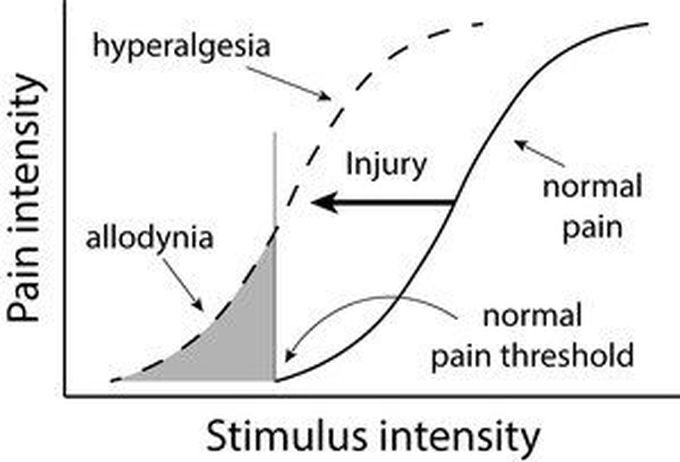


Common causes of allodynia
Usually, your nerves send messages (or electrical signals) between your brain and your skin, muscles, and organs. Allodynia happens when the nervous system doesn’t work like it should. There’s a problem with how the nerves send and receive messages. Many injuries and conditions can cause issues with this communication network, including: Diabetes: Diabetes-related neuropathy happens when nerves become damaged and don’t work properly. Disorders and conditions: Many health conditions and disorders can lead to allodynia, including trigeminal neuralgia (TN), complex regional pain syndrome (CRPS), amplified musculoskeletal pain syndrome (AMPS), multiple sclerosis (MS) and fibromyalgia. Fibromyalgia: This condition causes fatigue, memory problems and pain all over the body. Medications: Some opioids can make you more sensitive to pain. Providers call this condition opioid-induced hyperalgesia. Chemotherapy drugs for cancer treatments can also lead to allodynia. Migraine headaches: Migraines occur along with allodynia up to 70% of the time. Nutritional deficiencies and diet: A severe lack of vitamin D or vitamin B can lead to allodynia. Drinking too much alcohol can cause nerve damage. Shingles: Allodynia can linger for months or years after a shingles rash has disappeared. Providers call this type of pain post herpetic neuralgia. Trauma: Some people get allodynia after an injury to the nerves (such as a deep cut). Nerve damage can also come from an amputation or radiation therapy. Trauma from a stroke can cause a heightened sensitivity to pain.

